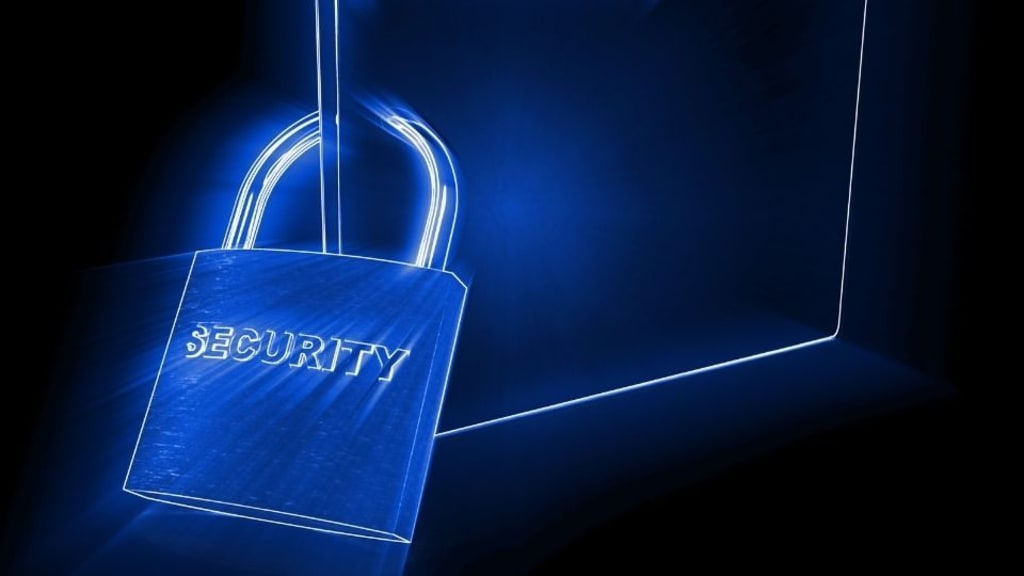How to encrypt files and folders on my computer?
A Step-by-Step Guide to Encrypting Files and Folders on Windows and macOS Using Built-In Encryption Tools or Third-Party Software, along with Best Practices to Ensure Data Privacy and Security

Data privacy and security are essential in today's digital age, where data breaches and cyber-attacks are becoming increasingly common. One effective way to protect your sensitive data is to encrypt files and folders on your computer. In this article, we will guide you through the steps to encrypt files and folders on your computer.
What is Encryption?
Encryption is a process that converts plain text into an unreadable format using a secret code, known as a key. Only the person who has the key can decipher the encrypted text and access the data. Encryption can be used to protect files, emails, messages, and other types of data.
Why Encrypt Files and Folders?
Encrypting files and folders can prevent unauthorized access to your sensitive data, such as personal information, financial records, or confidential business data. Encrypting data can also be useful when sharing sensitive information with others, as it ensures that only the intended recipient can access the data.
How to Encrypt Files and Folders on Windows?
Windows has a built-in encryption tool called BitLocker, which allows you to encrypt your files and folders. Here are the steps to encrypt files and folders on Windows:
- Step 1: Right-click on the file or folder you want to encrypt and select "Properties."
- Step 2: Click on the "Advanced" button in the "General" tab.
- Step 3: Check the box that says "Encrypt contents to secure data" and click on "OK."
- Step 4: Click on "Apply" and then "OK."
- Step 5: Windows will prompt you to back up your encryption key. Follow the instructions to back up the key.
How to Encrypt Files and Folders on macOS?
macOS has a built-in encryption tool called FileVault, which allows you to encrypt your files and folders. Here are the steps to encrypt files and folders on macOS:
- Step 1: Go to "System Preferences" and select "Security & Privacy."
- Step 2: Click on the "FileVault" tab.
- Step 3: Click on the lock icon and enter your administrator password.
- Step 4: Click on "Turn On FileVault."
- Step 5: Follow the instructions to set up a recovery key.
How to Encrypt Files and Folders with Third-Party Software?
There are also third-party encryption software programs available, such as VeraCrypt or AxCrypt, which offer additional features and customization options. Here are the steps to encrypt files and folders with VeraCrypt:
- Step 1: Download and install VeraCrypt on your computer.
- Step 2: Open VeraCrypt and click on "Create Volume."
- Step 3: Select the type of encryption you want to use and click on "Next."
- Step 4: Choose the location for your encrypted volume and click on "Next."
- Step 5: Choose a strong password and click on "Next."
- Step 6: Choose a file system for your encrypted volume and click on "Next."
- Step 7: Follow the instructions to create your encrypted volume.
- Step 8: Mount your encrypted volume by opening VeraCrypt and selecting "Mount."
- Step 9: Enter your password and select the drive letter for your encrypted volume.
- Step 10: Your encrypted volume will now be accessible through the drive letter you selected.
Best Practices for Encrypting Files and Folders
In addition to encrypting files and folders, there are other best practices you can follow to ensure the security of your data:
- Use strong passwords: Choose a strong password that is at least 12 characters long and includes a mix of upper and lowercase letters, numbers, and symbols.
- Keep your encryption key secure: Store your encryption key in a safe and secure location, such as a password manager or a USB drive that is kept in a secure location.
- Use two-factor authentication: Enable two-factor authentication for your accounts to provide an additional layer of security.
- Update your software: Keep your operating system and software up to date with the latest security patches to protect against vulnerabilities.
- Use a VPN: Use a virtual private network (VPN) to encrypt your internet connection and protect your data when using public Wi-Fi networks.
Encrypting files and folders is a simple but effective way to protect your sensitive data from unauthorized access. By following the steps outlined in this article, you can encrypt your files and folders on Windows and macOS using built-in encryption tools or third-party software. Additionally, by following best practices such as using strong passwords, keeping your encryption key secure, and using two-factor authentication, you can further enhance the security of your data.
About the Creator
Gokhan Polard
As an experienced ERC Referral Specialist, my primary dedication lies in assisting businesses in the journey towards financial success. https://ercsolutionshub.com/
Enjoyed the story? Support the Creator.
Subscribe for free to receive all their stories in your feed. You could also pledge your support or give them a one-off tip, letting them know you appreciate their work.






Comments
There are no comments for this story
Be the first to respond and start the conversation.